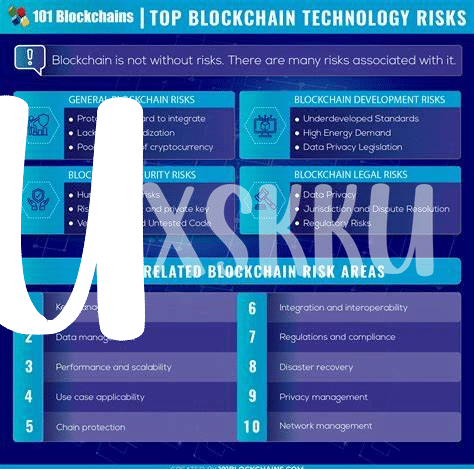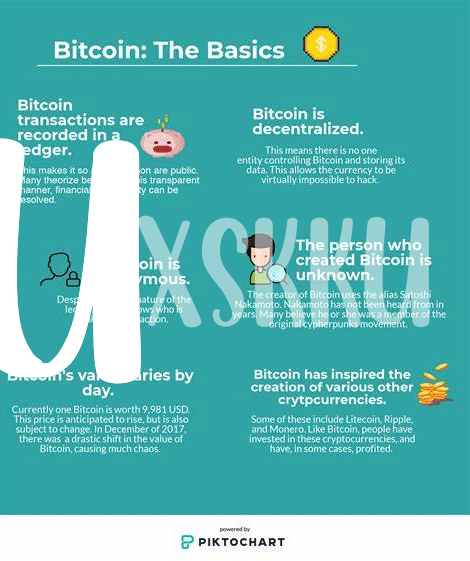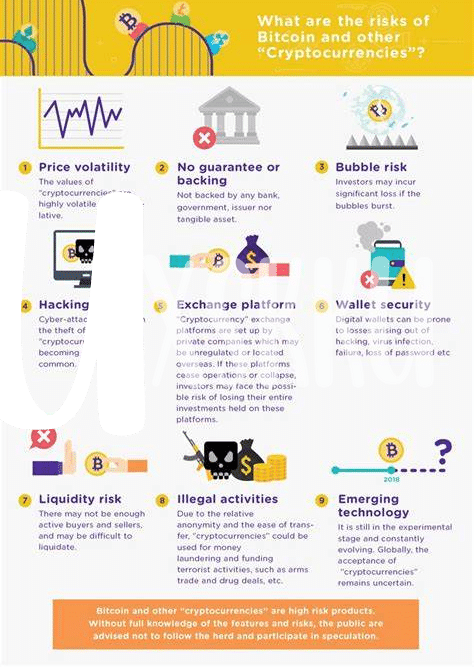The Energy-hungry Nature of Blockchain 🌍

When we talk about blockchain, most of us think about its power to securely share and store data across a wide network. This technology, which is the backbone of cryptocurrencies like Bitcoin, needs a lot of energy to keep it running safely and effectively. To verify transactions and add them to the blockchain, a process called mining is used. Mining requires specialized computers that solve complex puzzles, and this process consumes a massive amount of electricity. It’s like having thousands of supercomputers all trying to solve a gigantic puzzle 24/7, and that can really add up when it comes to energy usage.
In fact, the amount of energy the blockchain consumes can be surprising. For perspective, the energy usage of the entire Bitcoin network is comparable to that of some small countries! This high energy consumption is mainly due to the proof-of-work system, which is like a competition to solve those puzzles and add a new block to the chain. This table shows a basic comparison of energy consumption between traditional banking, gold mining, and the Bitcoin network:
| System | Annual Energy Consumption (TWh) |
|---|---|
| Traditional Banking | 130 TWh |
| Gold Mining | 240 TWh |
| Bitcoin Network | 120 TWh |
While these numbers point to an energy-intensive process, it’s important to remember that innovations are underway to make blockchain more energy-efficient. Nonetheless, the conversation around its energy consumption highlights the need for balance between technological advancement and environmental responsibility.
Comparing Blockchain with Traditional Banking 🏦
Let’s dive into how the new kid on the block, blockchain, measures up against our traditional banking buddy. Imagine blockchain as a digital ledger, recording each transaction with meticulous care, much like keeping a diary, but for transactions. This process, though revolutionary, gulps down a lot of energy, painting a somewhat murky picture of its environmental friendliness. Traditional banks, on the other hand, have their physical branches dotted across landscapes, with computers humming and lights blazing, which also leads to significant energy use. Yet, they’ve been around long enough that their power consumption has become more like a background hum in our daily lives.
Now, stepping into the innovative world of blockchain can sometimes feel like you’ve traded a gas guzzler for an electric vehicle, only to find out the electricity comes from coal. The energy this digital giant needs can be a tad eyebrow-raising, especially when compared with the age-old banking system. But it’s not all gloom; as we sail through the crypto seas, innovations are constantly brewing on the horizon, promising a greener future. Both systems have their merits and their environmental backpacks to carry. The real trick lies in balancing the scales, enhancing efficiency, and embracing innovations that pave the way for a sustainable financial ecosystem.
Innovations Making Blockchain Greener 🌱

As we delve into the world of technology, it’s heartening to see brilliant minds working tirelessly to merge innovation with sustainability. Imagine a world where the digital backbone of cryptocurrencies, a technology that uses a lot of electricity, starts sipping power like a cautious tea-drinker. This isn’t a far-off dream. Developers are crafting ways to minimize the environmental toll digital currencies can have. One exciting leap is the shift towards more energy-efficient ways of operating, like proof of stake over the traditional proof of work. This doesn’t just mean lower energy use; it’s akin to switching from a gas-guzzling truck to a sleek electric car. 🍃🔋 Furthermore, renewable energy projects are being directly tied into blockchain operations, harnessing the power of the sun and wind to fuel these digital transactions. This synergy of tech and nature paints a promising picture for the future, making the blockchain not just a tool for financial innovation, but a partner in sustaining our planet. 🌏💡
Real-life Examples of Eco-friendly Blockchain 🌟

In the world of digital currencies, efforts to create a greener blockchain are not just burgeoning; they are yielding tangible, hopeful outcomes. From cryptocurrencies that base their operations on more energy-efficient consensus mechanisms to organizations dedicating a portion of transaction fees towards reforestation and renewable energy projects, the landscape is vibrant with innovation. For instance, certain projects are adopting the Proof of Stake mechanism, which significantly reduces the amount of energy required to maintain the network compared to the traditional Proof of Work used by Bitcoin. Furthermore, there are initiatives directly leveraging blockchain technology to enhance renewable energy distribution, allowing for a more decentralized and efficient energy market. These real-world applications demonstrate not only the versatility of blockchain but also its potential to contribute positively to our planet’s health. As the sector continues to evolve, understanding the dynamics behind market movements, such as why do bitcoin prices fluctuate for beginners, becomes crucial for anyone looking to be part of this eco-conscious shift. Through these examples, it’s clear that blockchain isn’t just about digital assets; it’s a tool with the potential to drive significant environmental change.
The Debate: Blockchain’s Worth Vs. Environmental Cost ⚖️
Imagine standing at a crossroads where on one side, you have blockchain – a technology that has the power to revolutionize how we think about financial transactions, contracts, and even how we vote. It’s a bit like wizardry for the digital age, enabling secure, transparent deals without needing a middleman. But there’s a catch. This wizardry requires a lot of energy to work its magic, stirring up a hot debate about whether it’s worth the environmental cost it brings to the table. Let’s unbox this puzzle. On one hand, proponents argue that blockchain’s benefits, such as heightened security and the potential to reduce fraud, far outweigh its carbon footprint. They compare it to traditional banking systems, which also consume huge amounts of resources, yet lack the efficiency and global reach blockchain offers. On the flip side, environmental advocates are sounding the alarm, pointing out that if blockchain’s hunger for energy isn’t managed, it could significantly harm our planet. They stress the importance of finding a balance, where the benefits of using blockchain technology don’t come at the expense of Earth’s health.
Here’s a table that summarizes the key points of this debate:
| Pros of Blockchain | Cons of Blockchain |
|---|---|
| 🔐 Increased security | 🌍 High energy consumption |
| 🌎 Potential for global reach | 🔋 Environmental harm |
| 🚫 Reduced fraud | ⚖️ Need for balance with environmental health |
This conversation is vital as it pushes us to consider not just the shiny allure of new technologies but also their impact on our world. As we stride into the future, the hope is that innovations within blockchain itself will help lessen its environmental footprint, making this brilliant technology both groundbreaking and green.
Future Steps to Reduce Blockchain’s Footprint 🚶♀️

As we stride into a future where technology and the environment must walk hand in hand, innovative steps towards greening the blockchain are not just a choice but a necessity. Imagine a world where the digital transactions of blockchain operate not as energy guzzlers but as advocates of sustainability. This dream is being pieced together by the brightest minds who are introducing energy-efficient consensus mechanisms that require less computational power, much like switching from heavy machinery to smart technology that does the job more efficiently. Furthermore, the adoption of renewable energy sources by blockchain networks could turn the tides, making these digital ledgers not just environmentally neutral but potentially positive. Amidst this, the role of carbon offsetting strategies comes into play, allowing blockchain networks to invest in environmental projects, balancing out their energy consumption with eco-friendly deeds. The journey also involves regulatory bodies and stakeholders coming together to set standards that ensure the tech’s growth does not come at the planet’s expense. Together, these steps paint a hopeful picture of a greener blockchain future, symbolizing progress that doesn’t turn its back on the planet. To grasp the fundamental differences that underscore the urgency for such innovations, understanding when each technology came into being is crucial. Discover the timeline by exploring when was bitcoin created versus Ethereum, shedding light on their inception and the ripple effect on the environment ever since.
